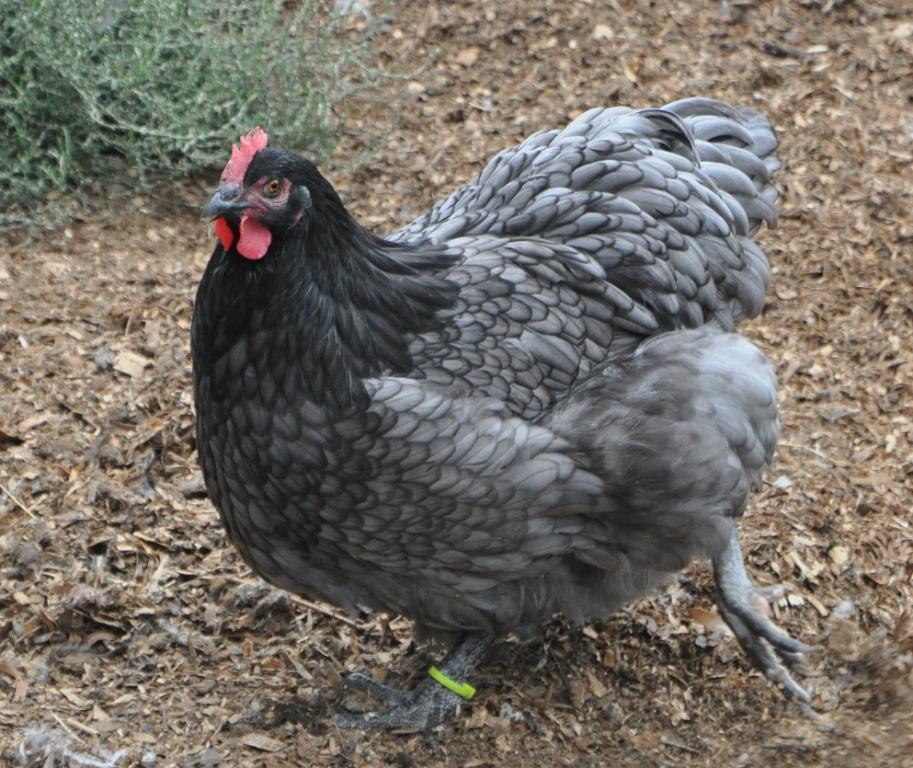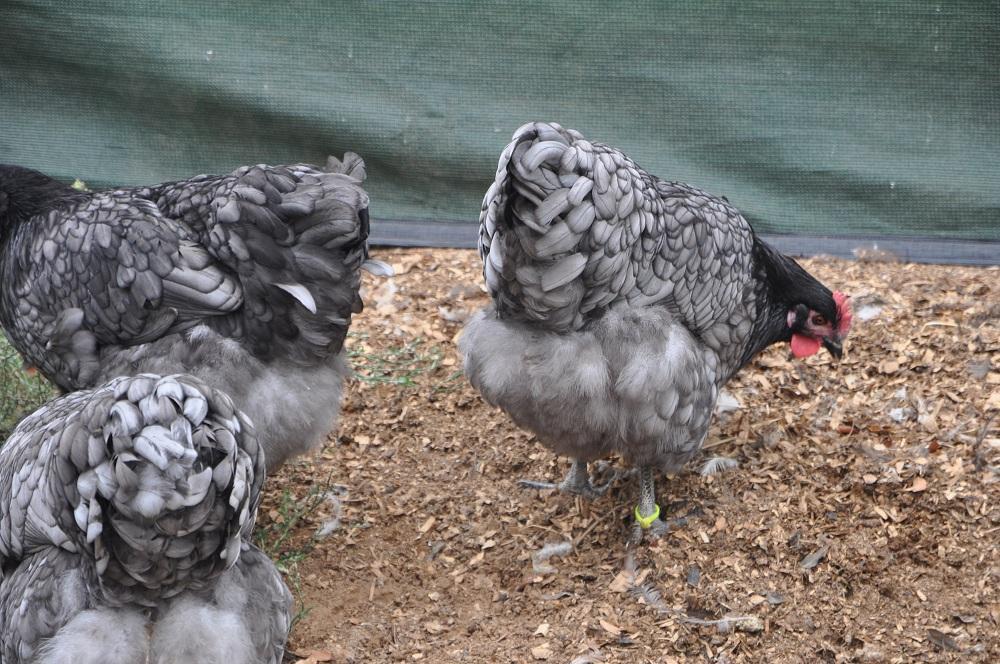Quote:
You saw one privater breeders stock and make a judgement about breeders and their stock on that one breeder?
Hatcheries do serve a purpose as you stated; a very important purpose. However, I promise you that you are not going to find a SINGLE hatchery in the US that can provided you with the quality of Orientals that I and a few others raise. I can't speak about all breeds nor would I attempt too, but I can speak about Asil, Shamo, and Malays.
There are some very top-notch Hatcheries out there. The stock that Urch/Turnlund Hatchery puts out for example is just excellent. But Duane Urch has been a show breeder for over 60 years. Not all hatcheries are equal.
Just saying.........
You saw one privater breeders stock and make a judgement about breeders and their stock on that one breeder?
Hatcheries do serve a purpose as you stated; a very important purpose. However, I promise you that you are not going to find a SINGLE hatchery in the US that can provided you with the quality of Orientals that I and a few others raise. I can't speak about all breeds nor would I attempt too, but I can speak about Asil, Shamo, and Malays.
There are some very top-notch Hatcheries out there. The stock that Urch/Turnlund Hatchery puts out for example is just excellent. But Duane Urch has been a show breeder for over 60 years. Not all hatcheries are equal.
Just saying.........






